Initial Experiences
The crown jewel in Apple's attention to detail since the return of its chief executive Steve Jobs has been the initial unpacking and setup of its devices. Few, if any, of its customers would disagree that the firm is determined to please first-time users before they've ever launched a program or played a song.
On opening the 24-inch iMac's (fairly large) box and setting up the computer for the first time, it's clear this recent tradition has survived well past the Intel transition of 2006. An almost feng shui approach to packing is still on display: Apple meticulously packs the accessories, software, and the computer itself in a layered fashion that lets you get and what you want and also feels like the reward it should be, instead of the bare minimum effort seen with some PC makers.
Setting up the iMac is also just about as trouble-free as it has been for past iMacs, particularly in the era of near-ubiquitous wireless. Were it not for our need to stop and take photos, we would have had our entire review system ready in just minutes. As with any modern Mac, the new iMac may only require as much as a power cable when it sits on your desk. Our first boot was extremely smooth and guided us through choosing languages, configuring our Wi-Fi connection, and setting up both a user account and registration information in just a few minutes — though as usual, Apple tries to foist .Mac on its customers before the Mac OS X desktop will make its first appearance.
If there were a complaint to level against the company during the first few minutes, it would be the continued need for a FireWire cable to use the Migration Assistant that eases the switchover to a new system. The need to use a special target disk mode, with a cable the user likely doesn't have, isn't very justifiable when Macs have supported gigabit Ethernet and USB 2.0 for years.
Design, the Glossy Display and the Apple Keyboard
Whether or not you believe Apple's claims that the new iMac is more eco-friendly than the white plastic model it replaces, there's little doubt that the all-in-one computer "for the rest of us" has been taken upscale. Both the anodized aluminum and black plastic trim feel and look better-built than before without adding to the overall price — and, conveniently, draw mental associations between the Mac and the similarly-styled iPhone. Some have already griped that the design is ugly, but in our impressions the new design's habit of polarizing opinions works in its favor; better to either completely love or hate the style than to be indifferent.
And whatever the reaction to the iMac's appearance, the change has done more to help and little to hurt actual usage. Choosing aluminum has lightened the system and makes both carrying it around and tilting its display just that much easier. Those prone to losing their Apple Remote or depending on the sleep light will be disappointed, however. The thick metal prevents the Mac maker from installing either a magnet or a light inside the case, eliminating two minor but appreciated advantages from the past.
Front-and-center in the design is the controversial glossy LCD display. How much you like the display is just as binary as the overall look. Like the 13.3-inch MacBook, the gloss is intended to produce bolder colors compared to the occasionally washed-out look of matte screens. For the average home user more interested in watching movies or presenting a slideshow, the effect is striking and (on a 24-inch model) could fool you into thinking it was a small, high-quality HDTV. In a properly-lit room, reflections are still a fact of life but are seldom distracting enough to overwhelm the positives of the new display. Still, we question the wisdom of a glossy display, especially for the large surface area of our test unit. But it's not the fatal blow some would have expected.
Ask a professional artist or video editor what they think, however, and you'll likely receive a very different opinion. The same vivid colors that make the screen "pop" also distort the perceived colors for producers trying to judge how well the image will translate to someone's print ad or DVD. Reflections play even more havoc with accuracy by hiding detail and blending into the on-screen colors. Using a fixed color profile mitigates the problem but just shouldn't be necessary for a system being marketed to both home users and pro customers alike.
The much-vaunted aluminum keyboard should be less contentious. In addition to being extremely compact — a virtue in the small spaces where the iMac may sit — the new design is actually easier to type with in practice. The MacBook-like flat keys have a larger surface area to strike and travel quickly enough that you can move to the next key sooner than you might with the older translucent case. Any doubts that the keyboard might be flimsy have also been erased: the thin slab of metal is absolutely solid. Users might be frustrated by the two extra USB ports, however, as both of them are tucked underneath the metal and require that you lift the keyboard before plugging in a camera or a mouse.
On Page 2: Performance and the Upgrade Question, and Benchmarks.
Our first temptation in reviewing a new Mac is to compare its performance against the previous generation. But in terms of absolute performance, the new 2.4GHz, 24-inch model is only modestly faster than its 2.33GHz predecessor and gains mostly from the added bandwidth from the 800MHz system bus as well as the expanded 4GB memory cap, up from 3GB. Compared to the outgoing model, the new version is a much better value for money: at $1799, the new system is easier to rationalize than the model it replaces, which could only reach 2.33GHz through a build-to-order upgrade. A 2.8GHz version of the new iMac is also available, but whether its clock speed, 2GB of RAM, and larger 500GB hard drive are worth the $500 premium is outside the scope of this review.
Other changes are helpful but often feel as though they fall short of what could have been. The Radeon HD 2600 Pro is a long, long overdue replacement for the GeForce 7300 GT in the last 24-inch model and an even longer-awaited replacement for the Radeon X1600 in 20-inch models. Informal 3D gaming tests have the iMac providing very playable frame rates in Quake 4 at 1024x768 resolution with all details on; while this may disappoint gamers looking to switch from a Windows PC, it's a definite improvement and should be good enough for semi-serious gameplay. We nonetheless wish Apple had taken absolute performance into account. NVIDIA's GeForce 8600 GT isn't significantly more expensive, but it's known to be significantly faster in most tasks.
Apple's continued insistence on installing 1GB of RAM in a top-end iMac is also baffling. At its price, most equivalent Windows PCs today will easily sell with 2GB or more, even with a 24-inch display in tow. Upgrading that memory is at least easier than for the previous model; the new iMac puts all 1GB in a single slot and frees up the second slot for a quicker and less expensive upgrade.
What may define the new iMac the most is its relation to far older systems than the late 2006 refresh, however. For existing Mac users who follow the typical two- to three-year upgrade cycle — including your reviewer — the aluminum model represents the first real opportunity to jump to Intel processors and a test of just how far Mac performance has advanced since the last PowerPC iMacs were on store shelves.
In our benchmark tests against the last 20-inch iMac G5, the new 24-inch Core 2 Duo is simply in a different class of performance. Most tests which focus on the CPU show that just one of the two 2.4GHz Intel cores can nearly double the speed of the 2.1GHz PowerPC chip; in tests aware of multiple cores, the newest Core 2 Duo is well over three times faster. Cinebench was especially impressive and saw 3D models render in just a third of the time. Quite simply, there's no more reason to cling to a PowerPC system except for very old or very specialized software that refuses to run in Apple's Rosetta environment.
On Page 3: Conclusions and Reservations, and Rating.
Having to choose computers from only one vendor means that many buyers won't have much choice: for now, the iMac is still Apple's lone choice for a mid-range desktop. That said, most home customers will find a lot to like in what Apple has to offer. The speed-up is undeniable and is by and large competitive with conventional Windows PC desktops that even the lack of RAM is (somewhat) forgivable. Setting up the iMac is as easy as it's ever been, and the pseudo-professional look may help it infiltrate a few businesses where the candy-white plastic may have earmarked the iMac as a "toy" rather than a work system.
It's similarly easy to recommend the new keyboard bundled with the computer, though Mac users eager for that alone will only have to spend $49 at an Apple store for the privilege. That keyboard was used to write this review, and in hours of heavy typing it was at least as comfortable but slightly quicker for high-speed typing.
Unfortunately, there are signs that Apple is headed down a questionable path for its design choices. In his press event announcing the iMac, Apple chief executive Steve Jobs claimed that customers "loved" glossy displays; we respectfully disagree. The benefits it provides are useful primarily under controlled lighting and for marketing the system in a store. If your home has bright spot lighting that can't be moved or you're a professional who has to judge color accuracy on the fly, the gloss could be troublesome and a potential deal-breaker. Apple should have at least offered matte screens on some models or as a custom option.
We also wonder if the company is emphasizing CPU speed over a more balanced approach to performance. Most Mac users won't complain about the slightly underwhelming graphics; many will wonder about the low memory on such a large and otherwise fast system. These have both been problems in the past, but Apple today has fewer excuses for its old habits — especially when the 24-inch iMac is supposed to bridge the gap between everyday consumer machines and the flagship Mac Pro.
Still, for most buyers, the new iMac is still an easy recommendation for Mac veterans and most switchers. It's just that a few key decisions may have robbed Apple of some potential customers who would have otherwise been within close reach.
Rating: 3.5 out of 5
Pros:
- Slick new design
- Screen is gorgeous in specific circumstances.
- Very fast, especially for converts from PowerPC Macs.
- Keyboard is a tangible improvement over the old model.
- One RAM slot is finally free for an upgrade.
- Less expensive than the old model.
Cons:
- Glossy screen can be distracting; no option for matte.
- Only 1GB of memory standard.
- Radeon HD 2600 Pro is underpowered versus its NVIDIA alternative.
- No Apple Remote magnet or sleep light.
 Katie Marsal
Katie Marsal
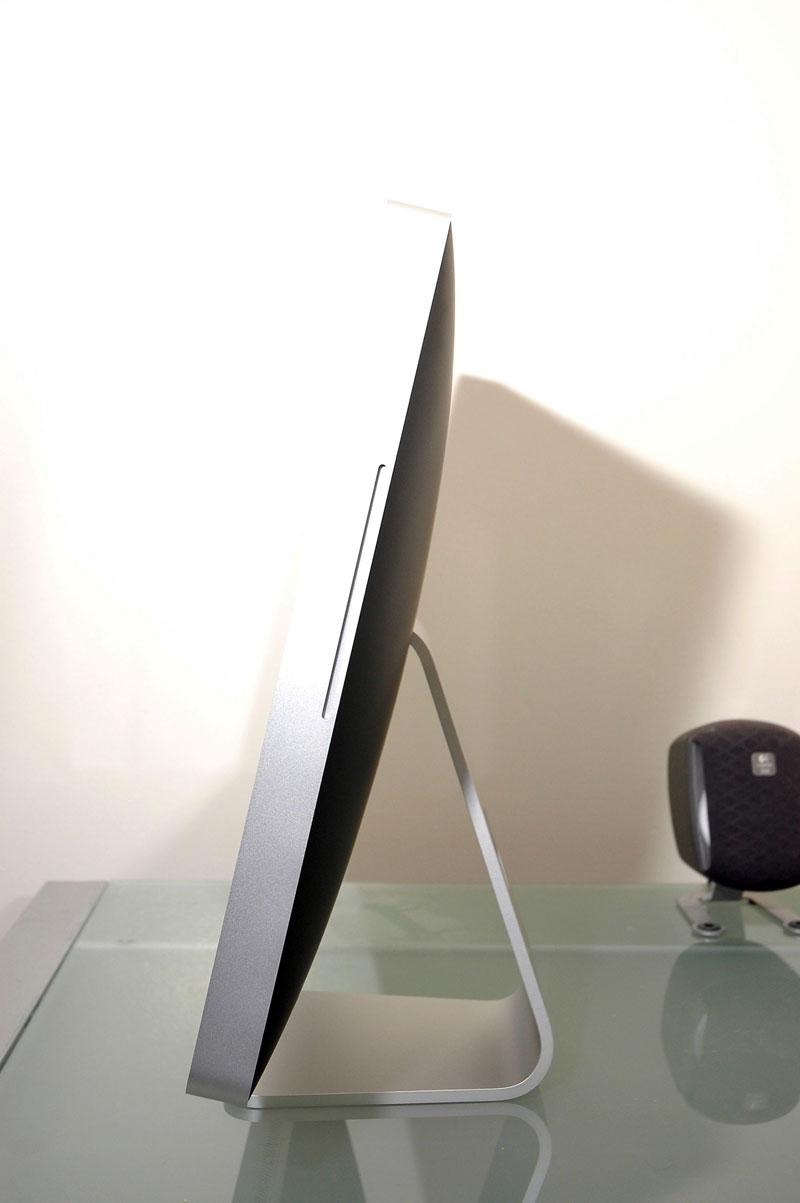
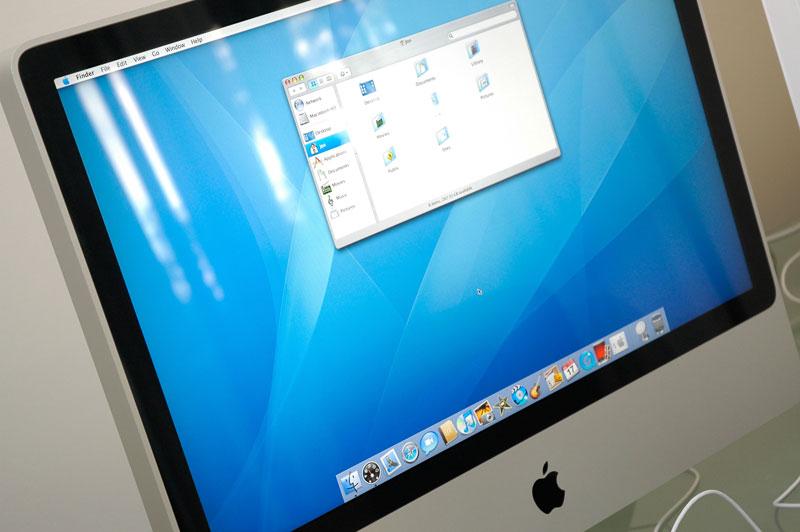
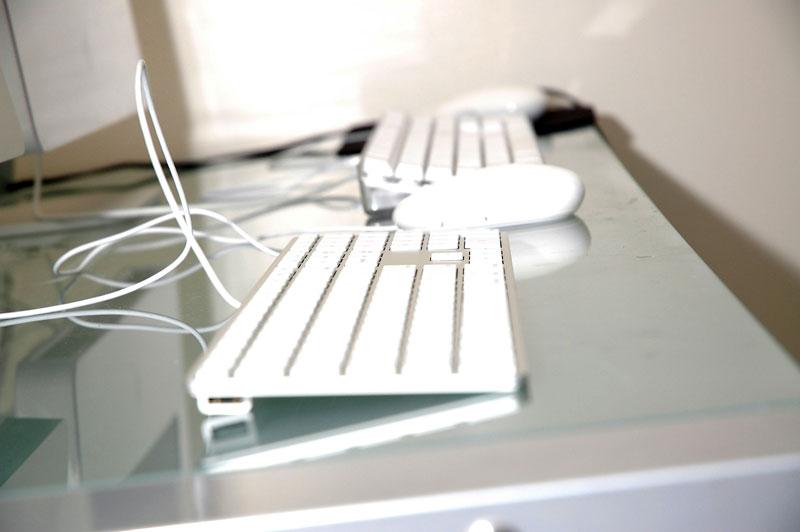

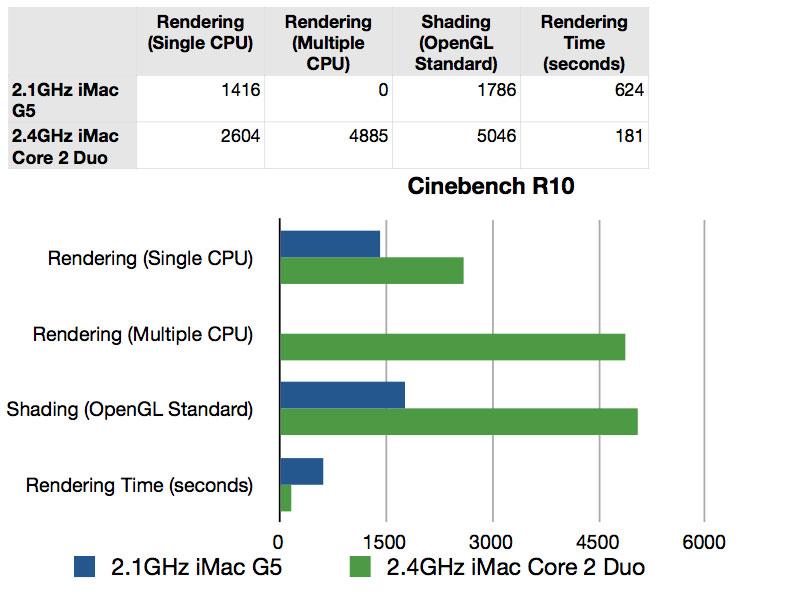
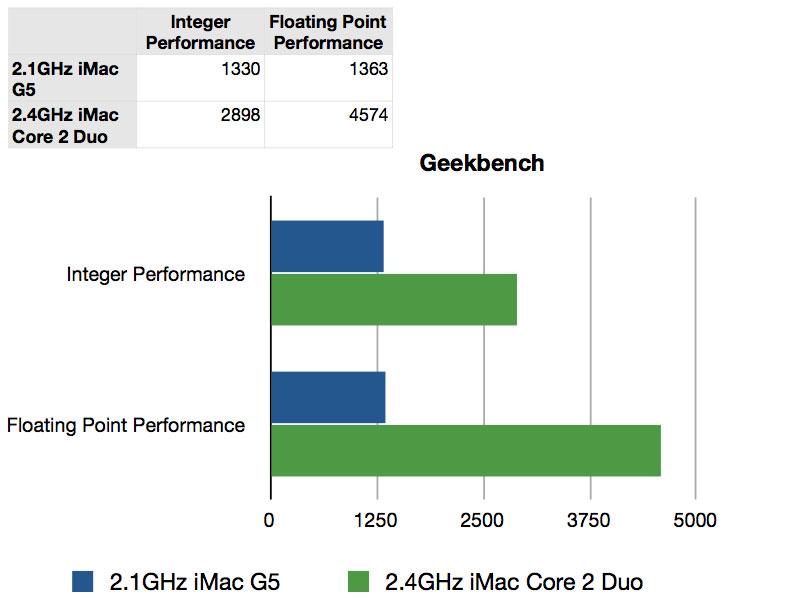
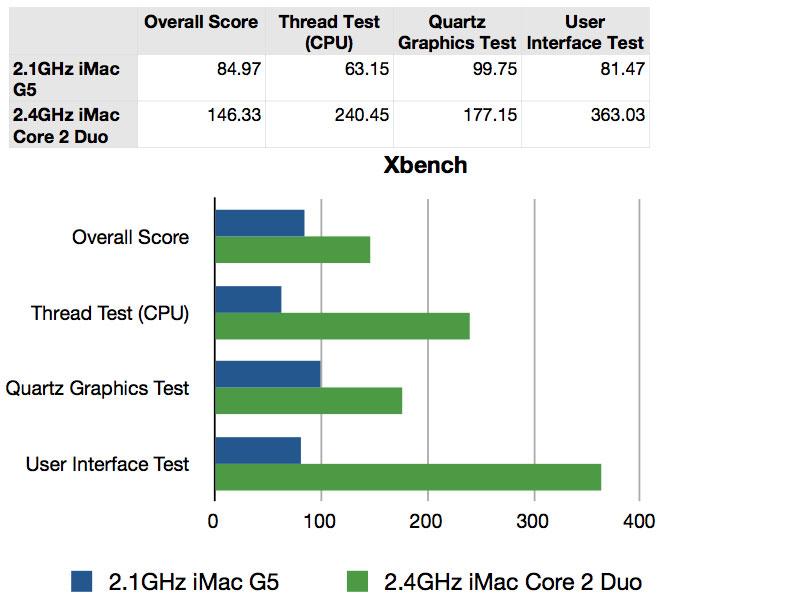


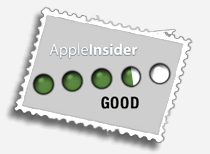







-m.jpg)






 Charles Martin
Charles Martin
 Malcolm Owen
Malcolm Owen
 William Gallagher
William Gallagher
 Christine McKee
Christine McKee
 Marko Zivkovic
Marko Zivkovic
 Mike Wuerthele
Mike Wuerthele

 Amber Neely
Amber Neely









137 Comments
1 GB of memory... geez, that was standard with others manufactures 2 years ago.
As for the reviewer's observation on the glossy screen: having seen a 20 inch iMac in two stores on Saturday I do agree that colors are very lively and deep. The screen makes the icon's even more photo-realistic. Photos looked like very good slides, and movie trailers in HD looked stunning. The stores had different and far from ideal lighting circumstances, causing reflections in the screen, but this was not too disturbing. Don't know however how this would work out in a home environment. I'm in for one, anyway.
I no doubt will be pleased with my first experience with the iMac. But after seeing some many reviews have some hesitation.
Looking at the 24" with 2 Gig RAM and will up to the 750 gig disk. Still going to have to wait for the wireless keyboard. Debating if I should order now or just wait until Sept when they should be in stock. Perhaps at that time I will get a free upgrade to Leopard. Not sure how close I would need to be for the upgrade.
Question - since many seem to be iffy on the new iMacs would I be just as well off with the previous model considering I will be using it for some movie production. Hope to transfer old movies from VHS/8mm/PC avi files. Don't see the older iMacs dropping much in price....
-----------------------------------------------
ikea is Swedish for "Out of Stock"
<Quote>In his press event announcing the iMac, Apple chief executive Steve Jobs claimed that customers "loved" glossy displays; we respectfully disagree. <Unquote> [Emphasis mine]
(Someone might mistake this for nitpicking, so I want to say that I am posting this comment only because I am concerned there may be some slight symptoms of sycophancy here):
Why don't you just simply/plainly disagree?
If there were a complaint to level against the company during the first few minutes, it would be the continued need for a FireWire cable to use the Migration Assistant that eases the switchover to a new system. The need to use a special target disk mode, with a cable the user likely doesn't have, isn't very justifiable when Macs have supported gigabit Ethernet and USB 2.0 for years.
I beg to differ. Target Disk Mode is still the best and most straight forward way. I doubt you could do it via USB 2.0 at the moment, and gigabit means the older Mac will need to have a working OS that can do file sharing - rather messy.
If TDM supports Firewire 800, even better!